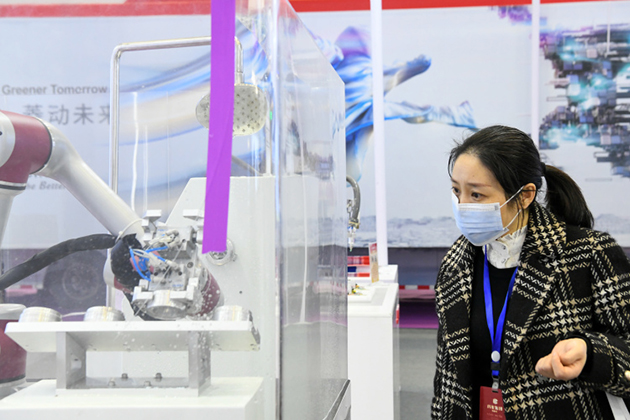
LANZHOU, Jan. 29 (Xinhua) -- Chinese researchers have made headway in applying high performance hydrogels in 3D printing functional devices, according to the Lanzhou Institute of Chemical Physics (LICP) of the Chinese Academy of Sciences.
The study team of the LICP adopted the biomimetic hydrogen-bond engineering strategy in 3D-printed super-tough hydrogel devices, providing material and technology for the simulated organ model and biological medical instruments.
The architected hydrogels are widely used in biomedicine, soft robots, and flexible electronics, but still pose significant challenges in achieving toughness and shape modeling, simultaneously.
With independently-developed 3D printing devices, the team realized the controlled deformation of hydrogel by crosslinking regulation of the material in molecular scale.
Utilizing the high performance hydrogels and 3D printing technique, the team developed multiple functional devices such as a hydrogel tricuspid valve, stents and contact lenses.
The study also provides a material technique for 3D-printed hydrogels in diverse fields, including health monitoring and flexible robots.
he study results have been published in the journal Advanced Functional Materials.


